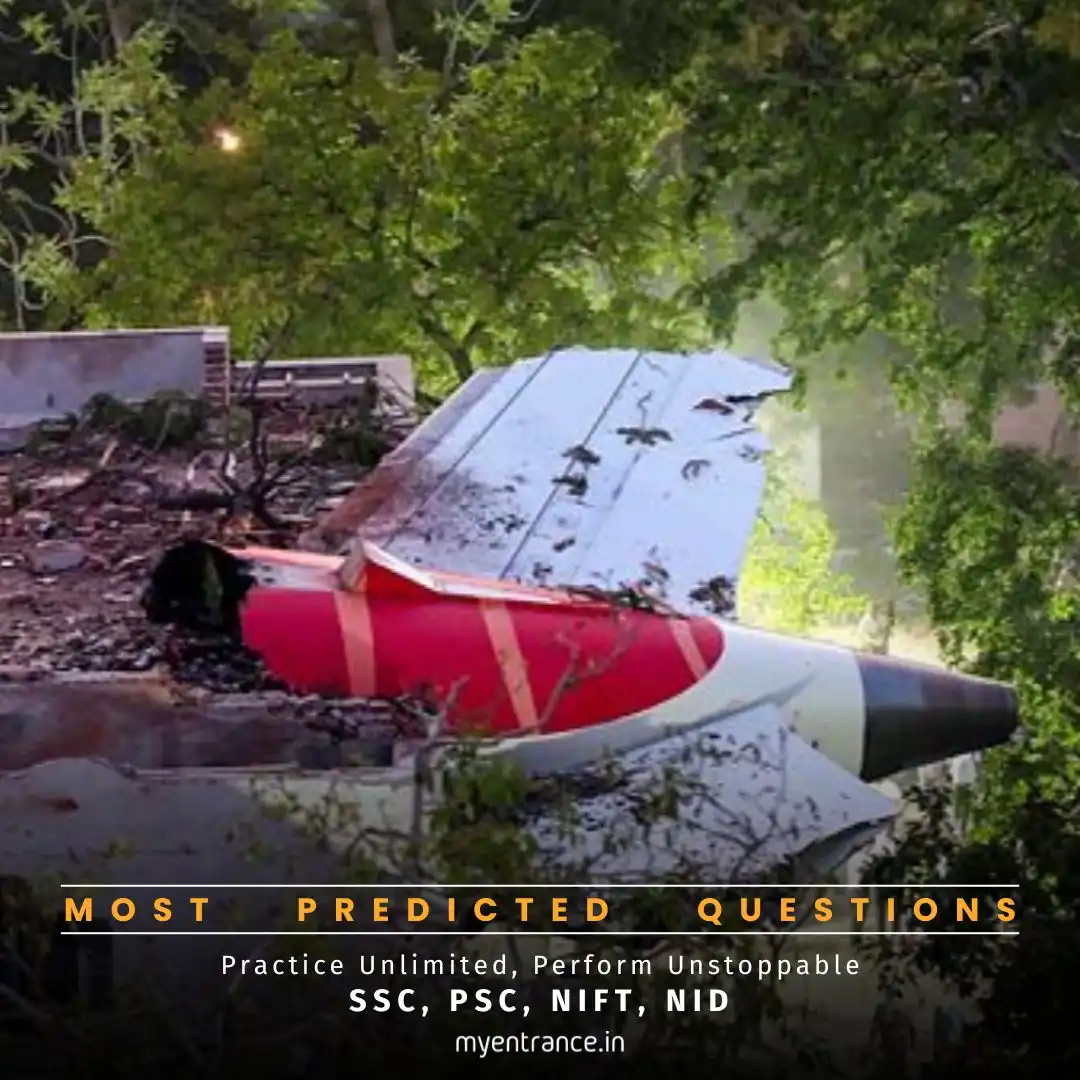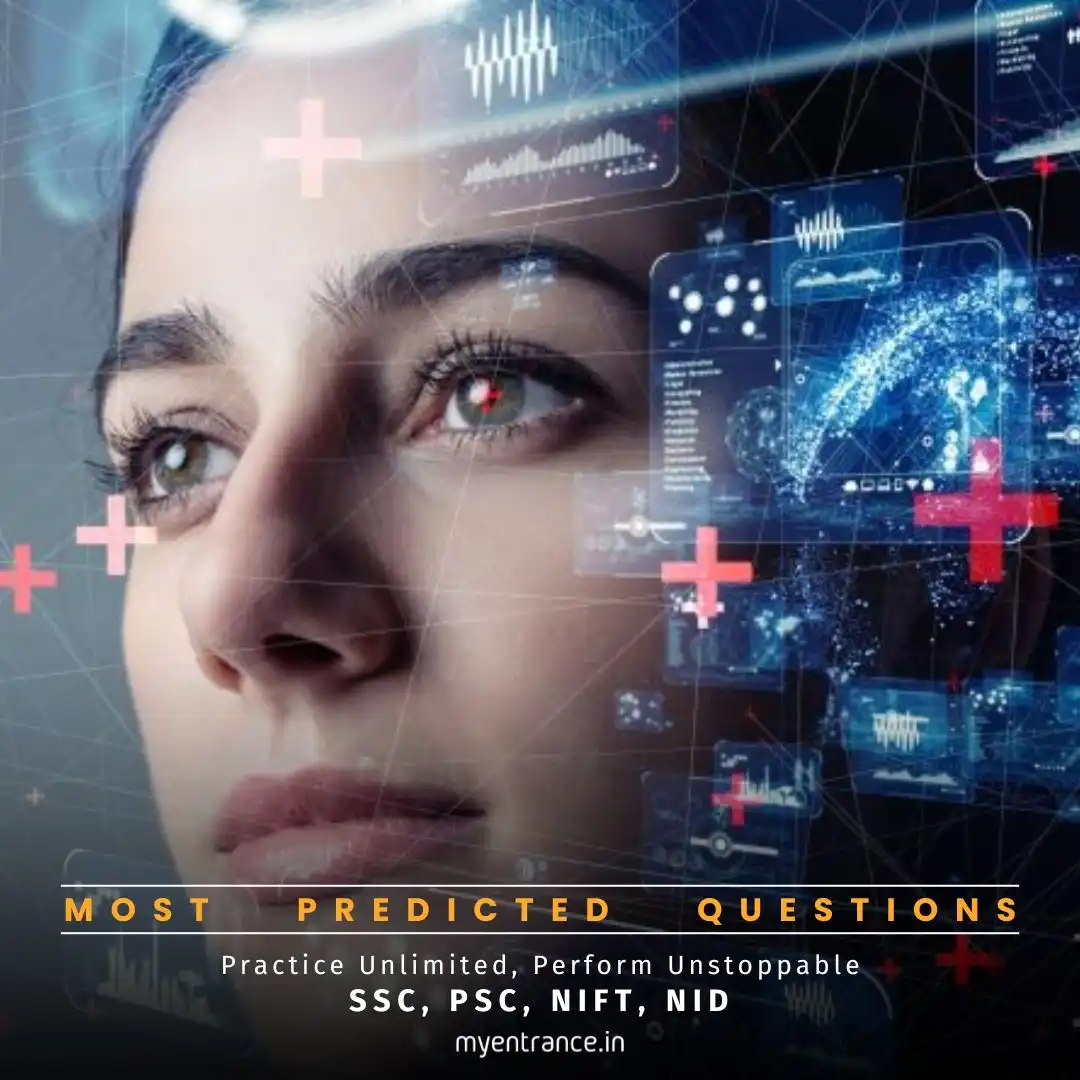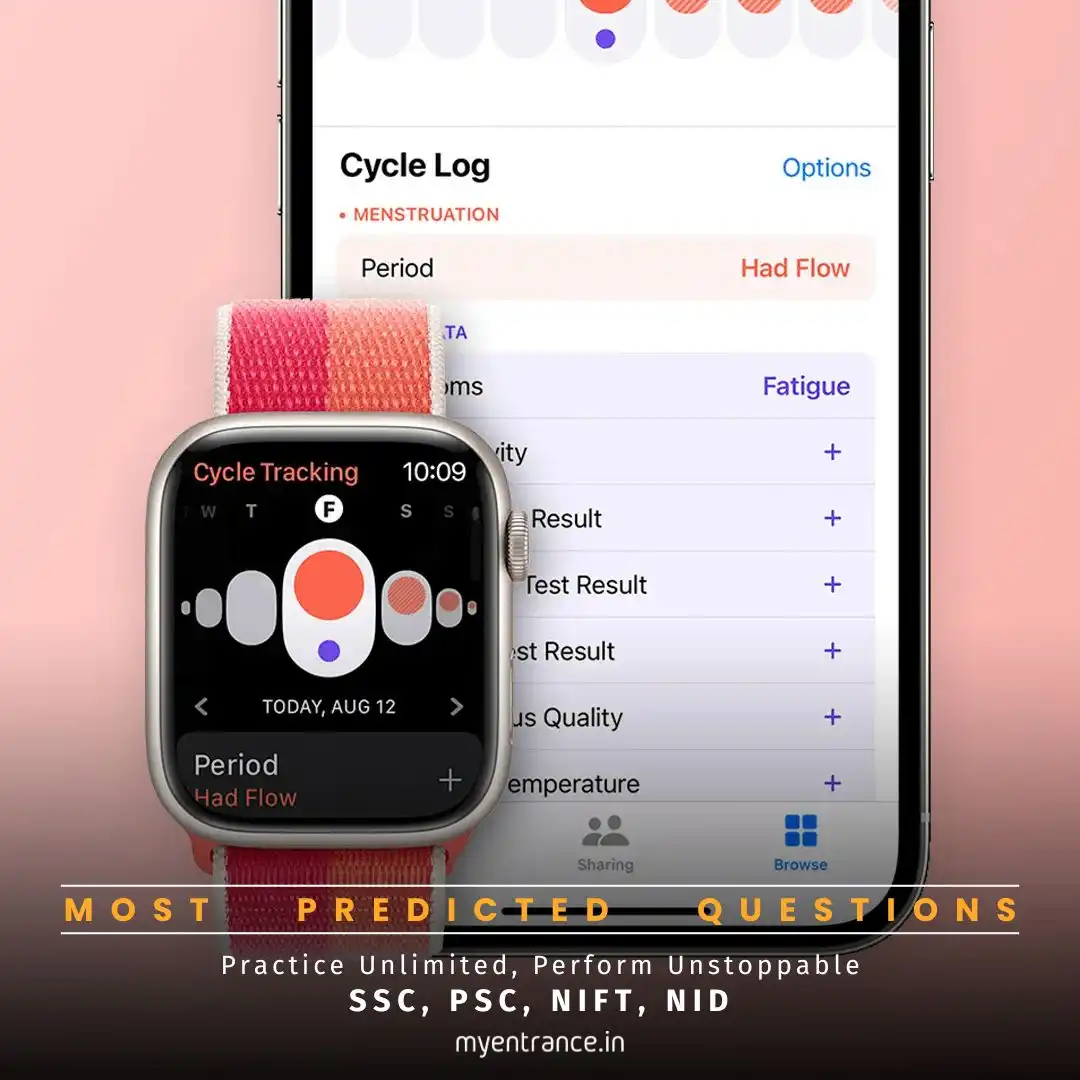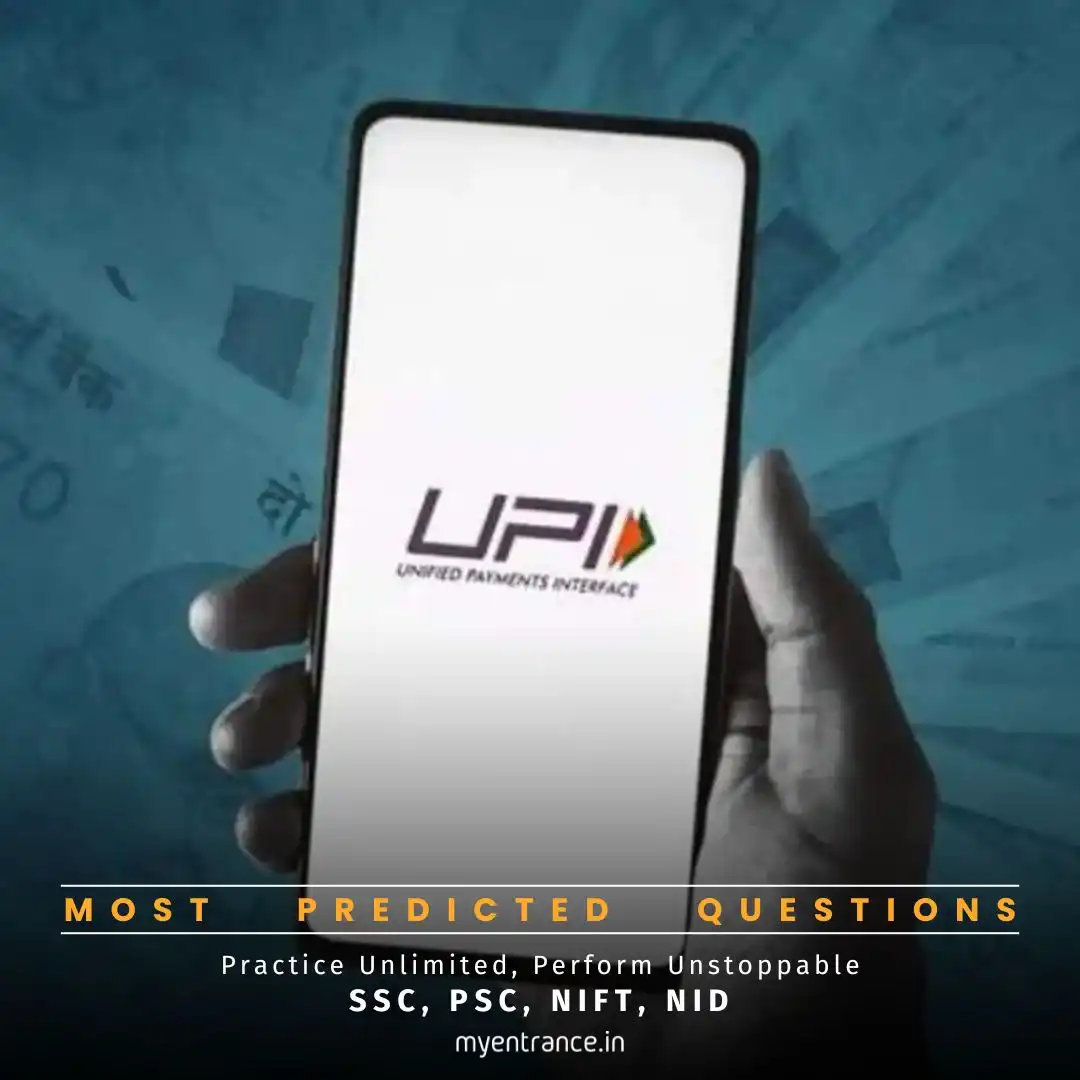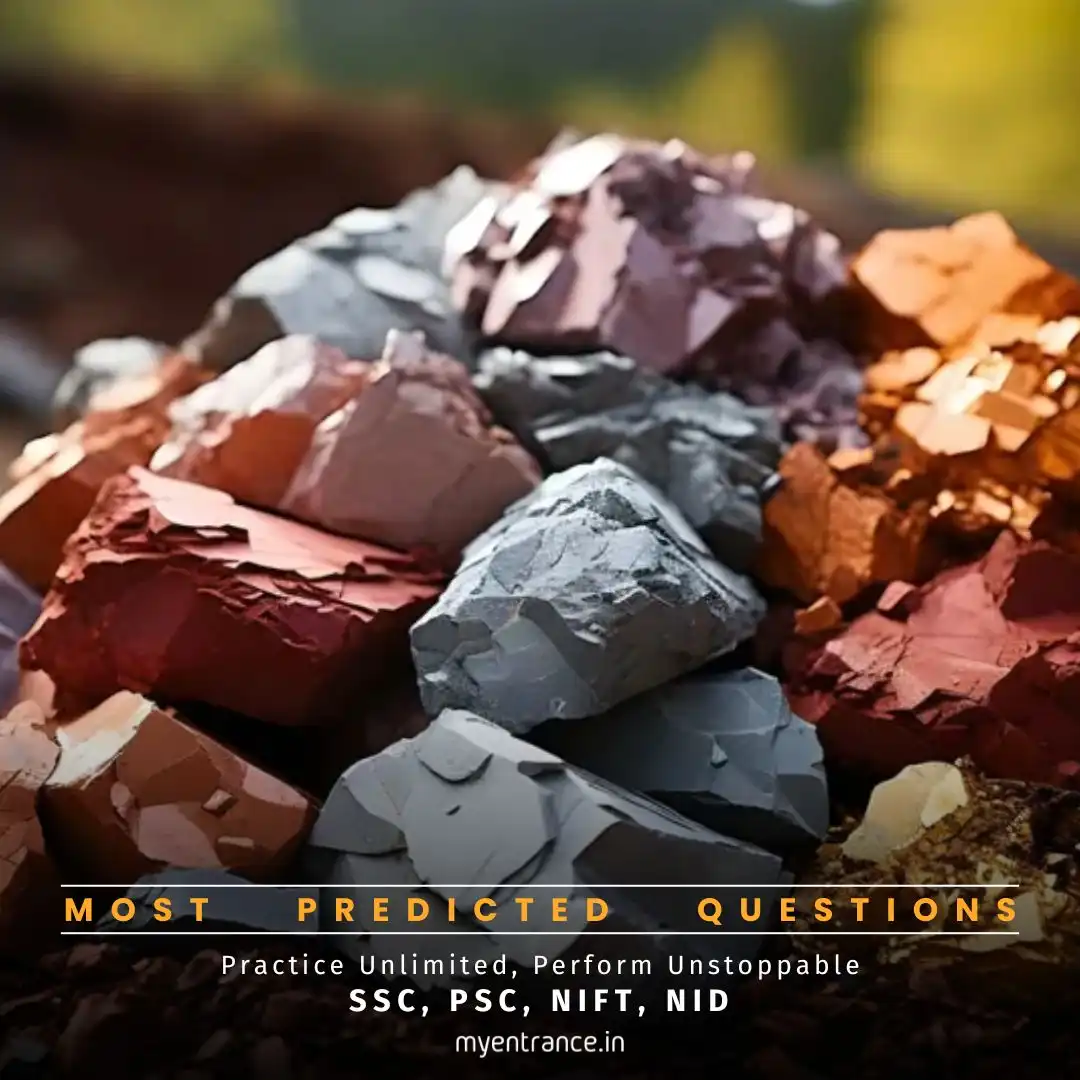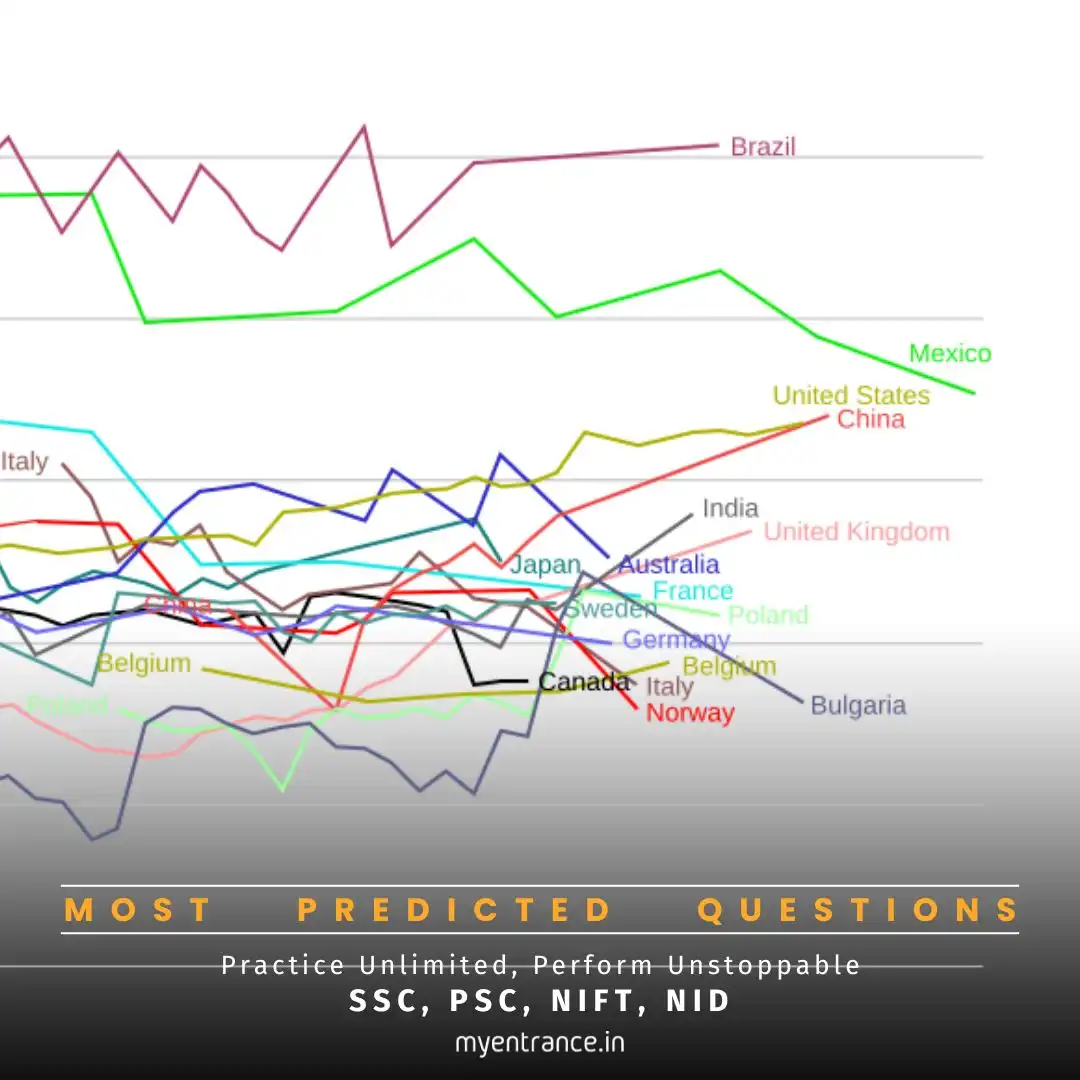Translate Language
Can AI and Solar Power Solve India’s Water Pollution Crisis? INST Mohali’s Breakthrough!
Punjab’s severe water pollution crisis might finally see a solution! Researchers at INST Mohali have created a cutting-edge AI-driven solar filtration system that eliminates up to 99% of hazardous chemicals from wastewater. This breakthrough could transform water treatment, especially for industrial waste.

INST Mohali’s AI-Powered Solar Filter: A Revolutionary Solution
Punjab faces a massive water pollution problem, with 764 million litres of untreated sewage and industrial waste dumped daily into the Sutlej River via Buddha Nullah (Ludhiana). To combat this, INST Mohali has developed an eco-friendly, solar-powered filtration system that removes toxic dyes like:
Congo Red (CR) – Used in textiles, causes skin disorders.
Methylene Blue (MB) – Found in pharmaceuticals, linked to respiratory issues.
How Does It Work?
Uses a 3D-printed scaffold made of biodegradable polylactic acid (PLA).
Coated with bismuth ferrite (BiFeO₃), a solar-activated catalyst.
Operates via Piezo-Photocatalysis – combining sunlight and vibrations for high efficiency.
98.9% removal of Congo Red and 74.3% of Methylene Blue in lab tests.
Why Is This Better Than Traditional Methods?
✔ Low-cost & energy-efficient (unlike expensive electrochemical treatments).
✔ Eco-friendly & reusable (reduces chemical waste).
✔ AI-powered predictions – Artificial Neural Networks (ANN) ensure 99% accuracy in real-world conditions.
The system was successfully tested on industrial wastewater from Jaipur, where over 100 factories discharge pollutants. INST is now collaborating with Chandigarh University to enhance long-term sustainability.
Sample Questions & Answers (For Exam Prep)
Q: What is the key innovation in INST Mohali’s water purification system?
A: It uses AI and solar-powered Piezo-Photocatalysis to remove 99% toxic dyes from wastewater.
Q: Which toxic dyes does this system target?
A: Congo Red (CR) and Methylene Blue (MB) from textile and pharmaceutical industries.
Q: How does this method differ from traditional wastewater treatments?
A: It’s low-cost, solar-powered, and reusable, unlike energy-intensive electrochemical processes.
Q: What role does AI play in this filtration system?
A: Artificial Neural Networks (ANN) predict system behavior with 99% accuracy under different conditions.
Q: Why is this innovation crucial for Punjab?
A: It can help clean Buddha Nullah, reducing pollution in the Sutlej River.
Get 3 Months Free Access for SSC, PSC, NIFT & NID
Boost your exam prep!
Use offer code WELCOME28 to get 3 months free subscription. Start preparing today!
